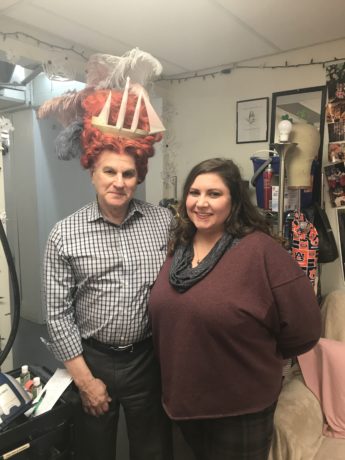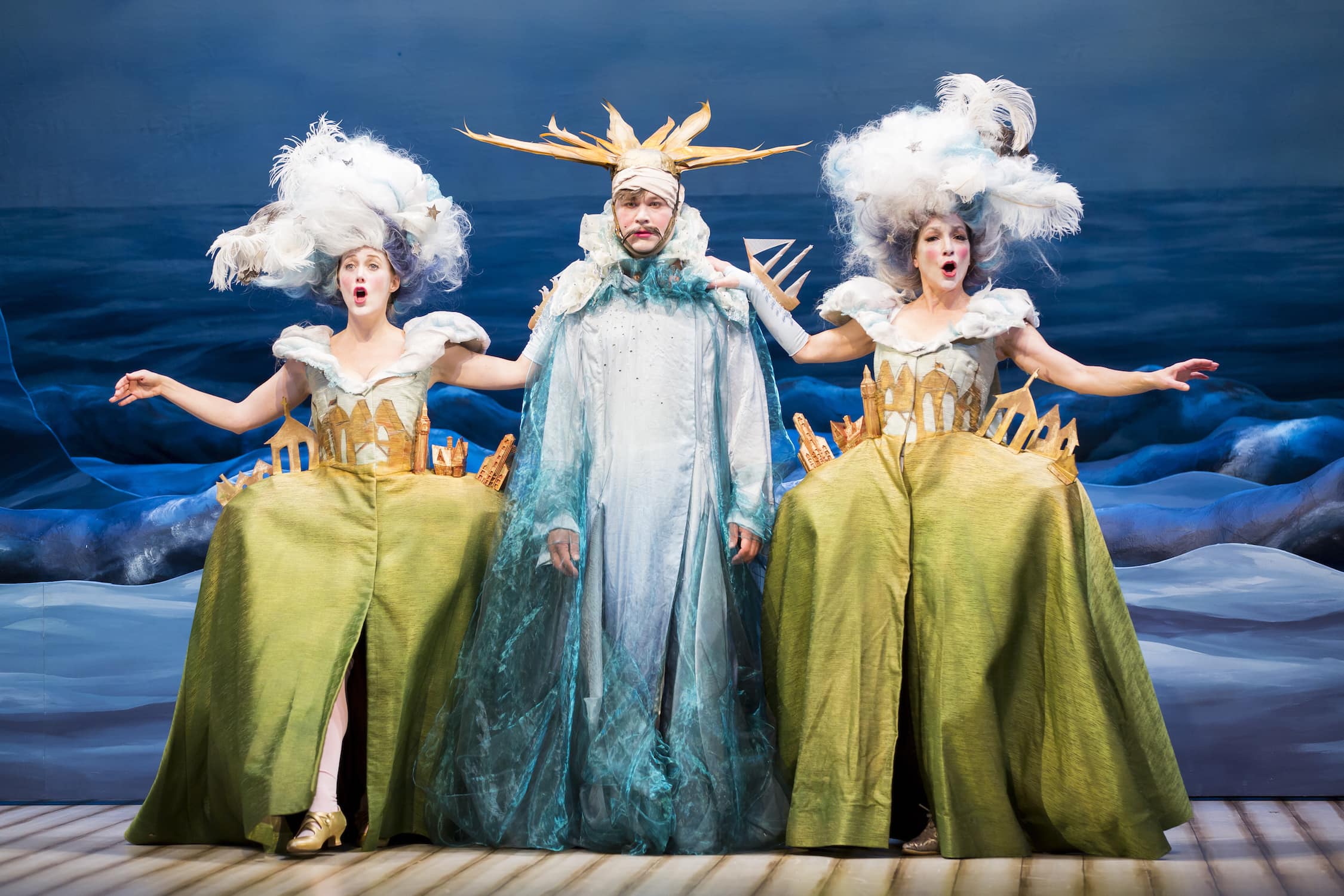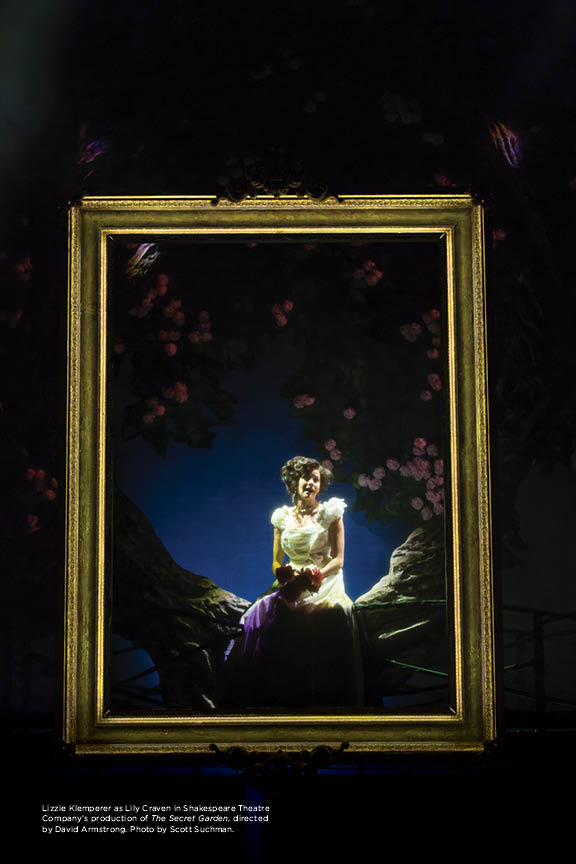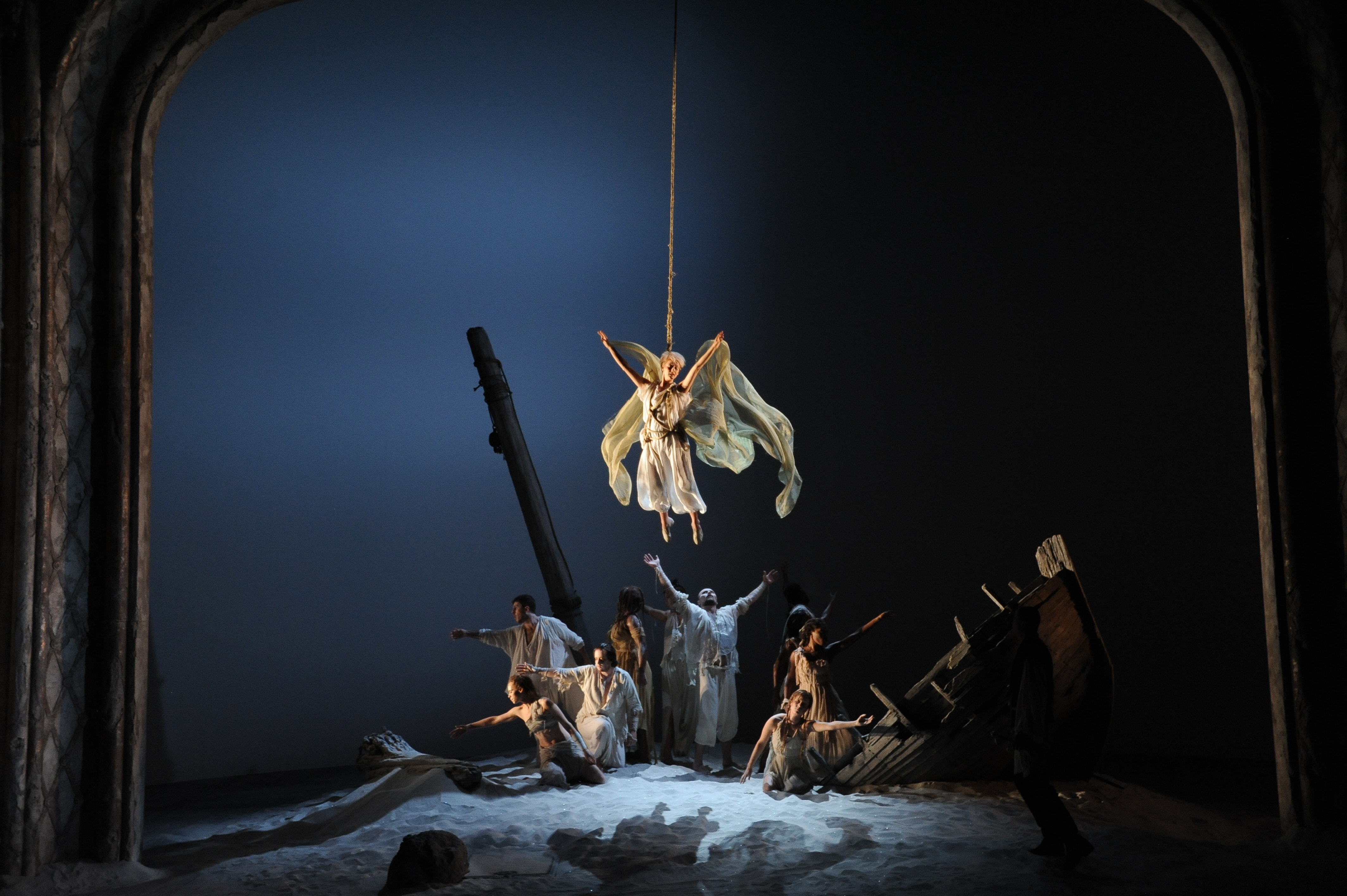How important can a wig be to a theater production and an actor’s performance? What better way to answer that question then with a section from the recent book, The Ascent of Angels in America: The World Only Spins Forward by Isaac Butler and Dan Kois.
Why? Well, there is this passage that begins on p. 187. Marcia Gay Harden speaks of the importance and psychology of wearing a particular wig for her performance as Harper Pitt in the 1993 production of Angels in America: Millennium Approaches in New York City.
“I perceived Harper’s innocence and her Mormon-ness through her hair. So I had a wig, a beautiful red wig that made me feel like her.”
The section goes on with Harden and director George C. Wolfe sparring and growing heated over Harden’s desire to use the wig. Wolfe thought it unnecessary. I will leave with you this as one of Harden’s quotes: “I want my FUCKING WIG!”
Clearly, a wig can be critical to an actor.

Wanting to know more about wigs as a theatrical creation, I took the opportunity to interview Shakespeare Theatre Company’s (STC) wig master, Dori Beau Seigneur. As wig master, she is in charge of creating, styling, fitting, and maintaining the wigs and hairpieces that a production may use.
Beau Seigneur began our interview saying that she loved creating wigs for “the creativity that goes into making wigs.” She continued with this: “And it has to be right.” Beau Seigneur then gave me a tour of her workspace and showed me dozens upon dozens of her creations. She also displayed for me how a hand-made, hand-knotting wig creation was made. I was mesmerized by her nimble work; one-by-one human hair was expertly attached to a ventilated custom lace with a small hook. It became crystal clear why a hand-knotted wig could take 40 hours and sometimes up to 75 hours for its final creation. And a wig, whether hand-made or not, also has to be able to withstand the heavy use a production can bring.
Asked how wig designs are developed, Beau Seigneur indicated she reads every script closely to understand the characters as the playwright has written, as well as a director’s concepts for a production’s characters. She also gets to know the actors through fittings for a wig or hairpiece.
So now let’s introduce some of Dori Beau Seigneur creations through pictures and her commentary. Then we will conclude this column with some “Q&A” about Beau Seigneur’s journey to become a wig master.

The Critic: “The Critic was about a critic, Puff, turned playwright, in the late 18th century, who hastily puts on his play about the Spanish Armada. Here he is introducing Queen Elizabeth I and Sir Walter Raleigh. The queen was particularly fun because I had to fuse the fashions of the 1770’s with the iconic idea of Queen Elizabeth, making her more of a Marie Antoinette/ Elizabeth hybrid. Puff’s wig was fun as well because I had to hand paint the color in it to get that beautiful fade of blue into the white.”

The Critic: “This shot was further into the play within the play where things start to fall apart. These actors represent the river and riverbanks of the Thames complete with massive cloud wigs on felt bases. Concealed by the waves behind them await three crew members. As the actors step back the crew member pulled a release lever that made the costumes completely rip away. This is one of the shows I am most proud of. I have worked with this costume designer, Murell Horton, more than any designer, and I love his bold ideas and the way he interweaves periods.”

The Secret Garden: “The Secret Garden was a very precise design. Ann Hould Ward is very detailed in her costume designs and expects the same from her wig designer. A lot of research went into this show. This is the opening scene and was the image that was copied for the grand Lily portrait. Weeks prior to dress rehearsal, we had to have her costume and wig completed so photos could be taken.”

The Tempest: “This production of The Tempest was challenging but fun. The spirits were originally designed to look as if they came up out of the sand, and I built these amazing wigs attached to latex pieces that looked like the wet sand. It was so interesting that they pulled focus from the story. I could sense that this was problematic so I asked costume designer Jennifer Moeller if they needed to change. We then made them look like victims of the sea. You can never get too attached to your designs. This shot is also interesting because it is our Free for All remount. We had a different Ariel, but we liked the original Ariel’s own hair so much that I made a wig to match for the new Ariel. This actress actually has waist length brown hair.”
David: What was your impetus to become a theater wig designer/wig master?
Dori Beau Seigneur: As many artists behind the scenes, I was first taken with idea of acting in junior and high school. What I quickly discovered was, that my passion was not in learning lines and acting in front of crowds, but in figuring out what each character would wear and how they would style their hair and makeup. I found myself getting everyone ready, and when the five-minute call came, I had to scramble to get myself ready.
By the time I went to college, I knew I wanted to do something on the costume side. I had excellent professors that recognized my talents for styling hair and doing makeup. They fostered those abilities with special projects and encouraged me to find internships that were specifically wig jobs. I have enjoyed a solid career since graduation that has used both my hair and costume skills, but I am the happiest when building wigs and diving deeply into a character’s psyche.
What has been your training to be a wig master?
I was lucky to get a lot of on the job training. I did indeed do two summer internships with North Shore Music Theatre as their wig intern. I learned a lot about maintaining both human hair and synthetic wigs. After a two year tour, where I was the wardrobe and hair supervisor, I was hired at Alabama Shakespeare Festival as the assistant wig master. They took a risk because I had no professional experience, but the wig master, Allison Lowery, thought I had potential. She taught me nearly everything I know about wig making; I have picked up a few new things in the last fifteen years. By the way, Allison Lowery has literally written the book about wig making as well as a series of books on styling.
What are some of the best compliments you have received?
Some of the best compliments from actors are more from the audience than the actor themselves. It is such a high for me when an actor tells me that their friend or family member saw the show and thought that their wig was actually the actor’s hair. I like fooling people who know them best. But more directly, it is about the process. At the end of the run, when an actor thanks me, not just for making them look great, but making them feel taken care of and at ease before they step out on stage each show, that gives me the truest sense of accomplishment. At the end of the day, if the actor doesn’t feel ready to go out there and face the audience, our story might not be told.




